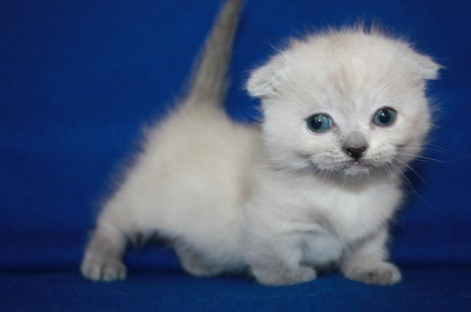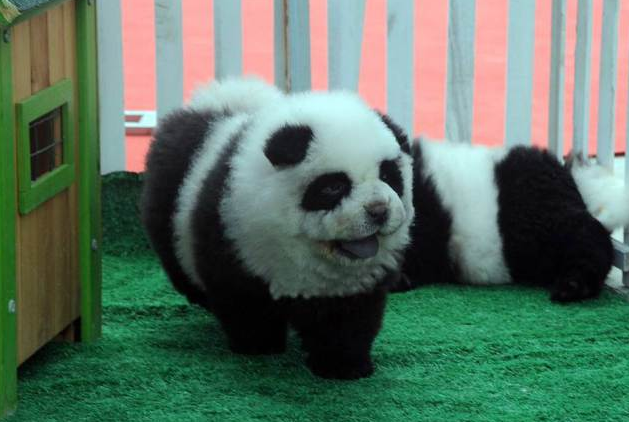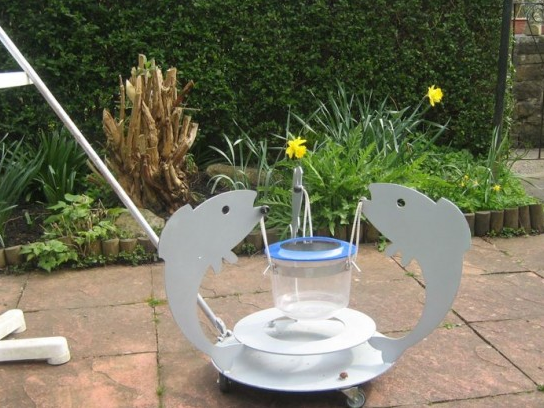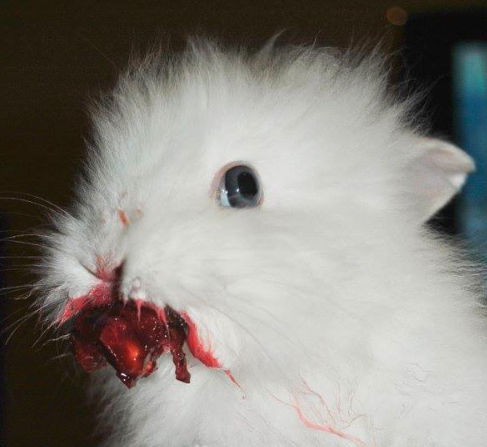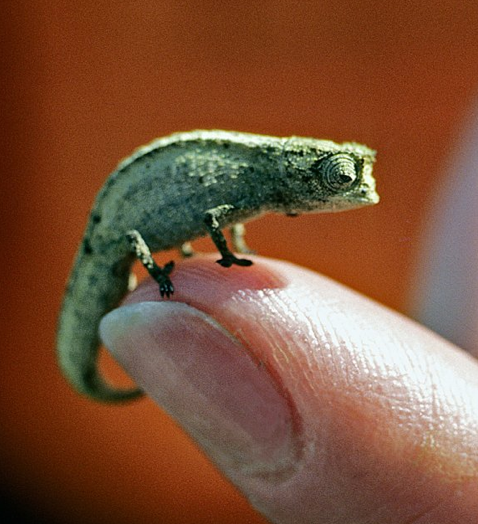According to a new research published by the American Chemical Society, you can add drinking bubbly in the list of things you to that actually increase your carbon footprint… what a bummer!

Pouring champagne into a glass is far from being consequenceless with regard to its dissolved CO2 concentration. Measurements of losses of dissolved CO2 during champagne serving were done from a bottled Champagne wine initially holding 11.4 ± 0.1 g L−1 of dissolved CO2. Measurements were done at three champagne temperatures (i.e., 4, 12, and 18 °C) and for two different ways of serving (i.e., a champagne-like and a beer-like way of serving). The beer-like way of serving champagne was found to impact its concentration of dissolved CO2 significantly less. Moreover, the higher the champagne temperature is, the higher its loss of dissolved CO2 during the pouring process, which finally constitutes the first analytical proof that low temperatures prolong the drink’s chill and helps it to retain its effervescence during the pouring process. The diffusion coefficient of CO2 molecules in champagne and champagne viscosity (both strongly temperature-dependent) are suspected to be the two main parameters responsible for such differences. Besides, a recently developed dynamic-tracking technique using IR thermography was also used in order to visualize the cloud of gaseous CO2 which flows down from champagne during the pouring process, thus visually confirming the strong influence of champagne temperature on its loss of dissolved CO2.



